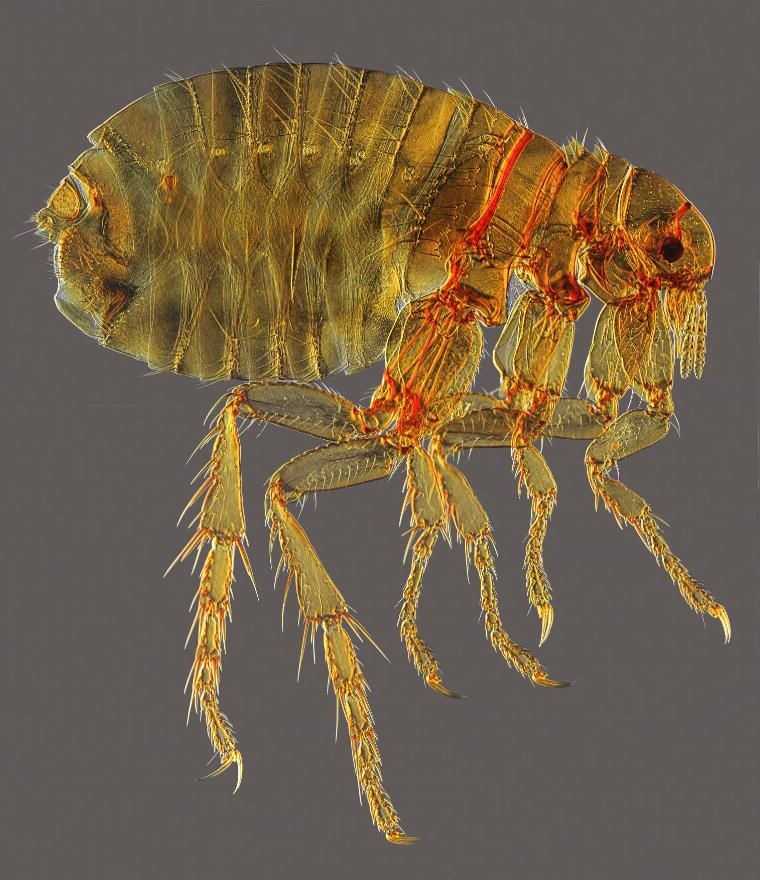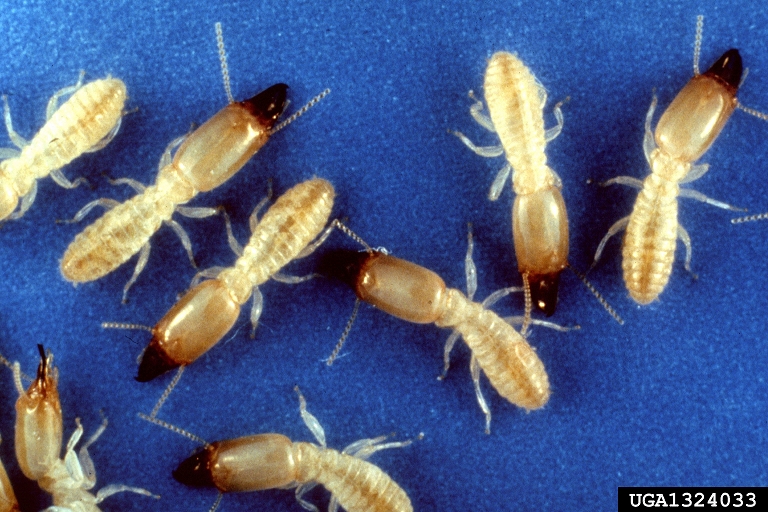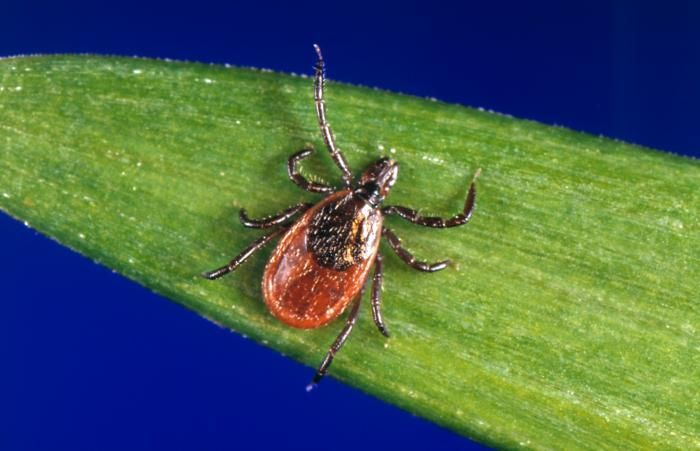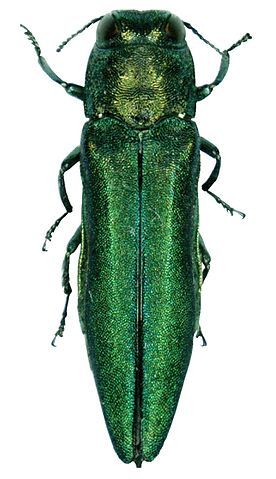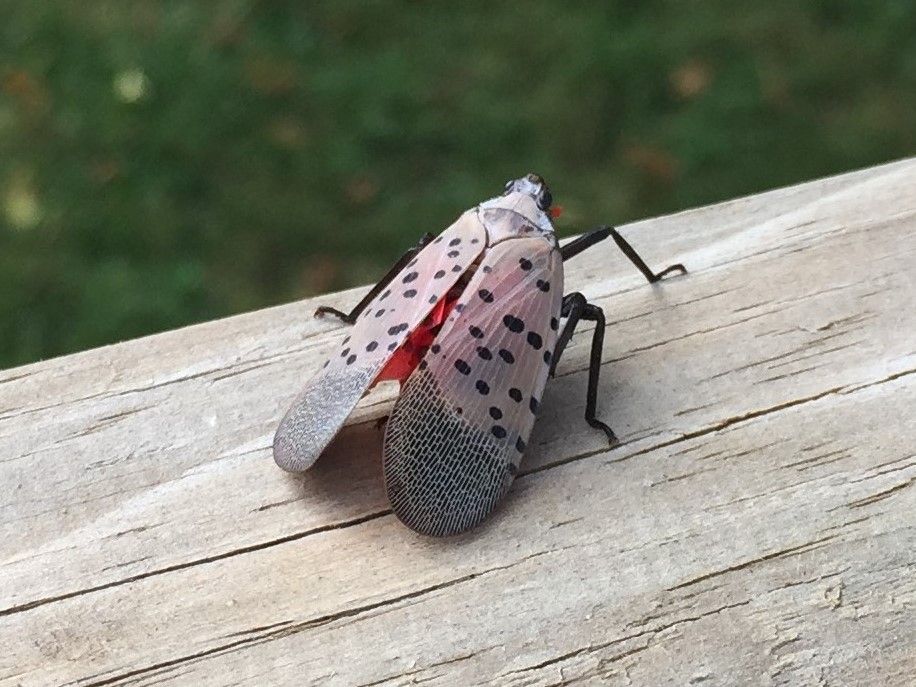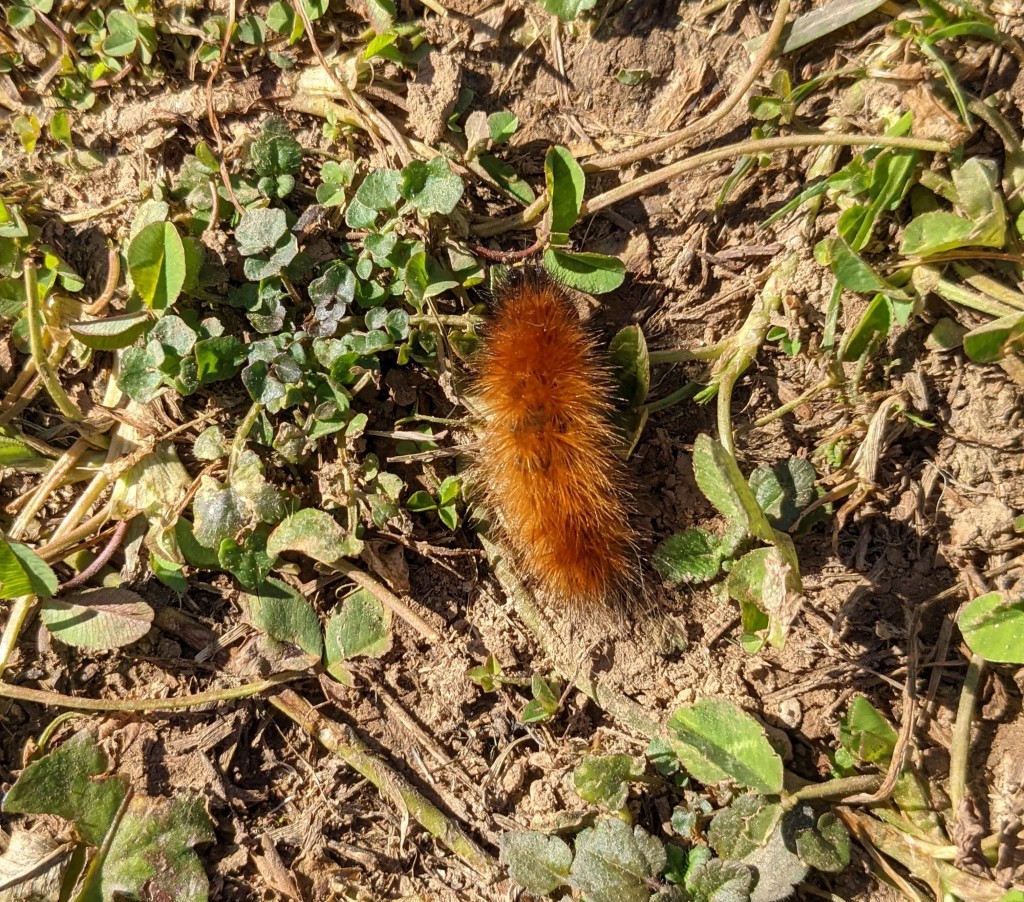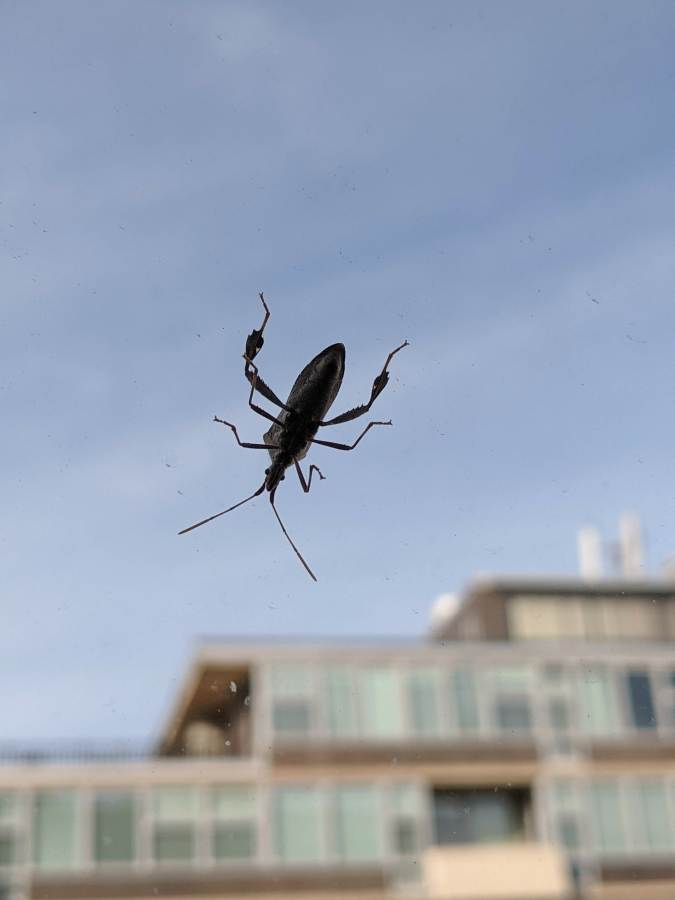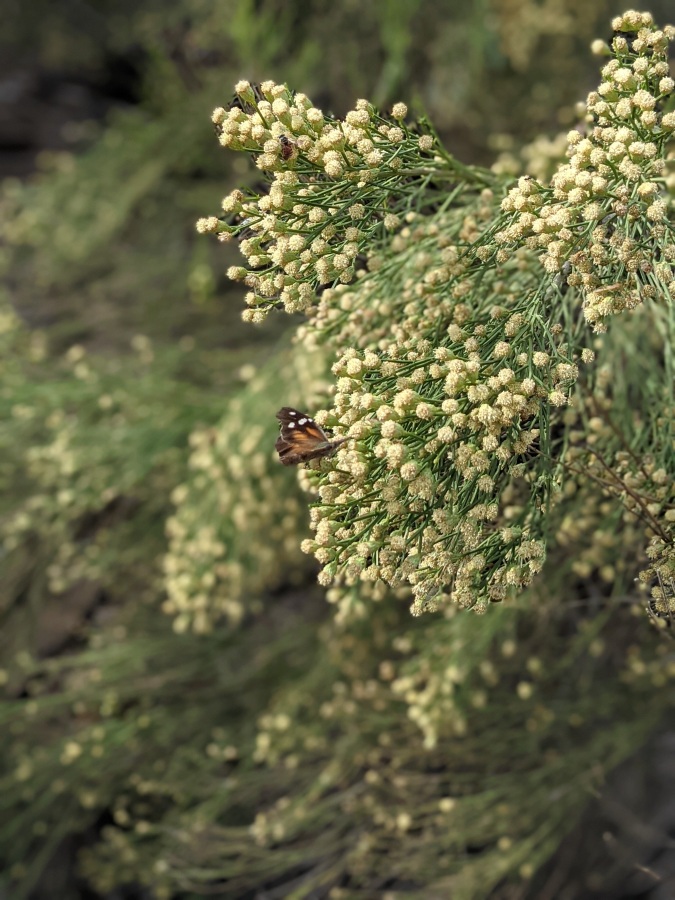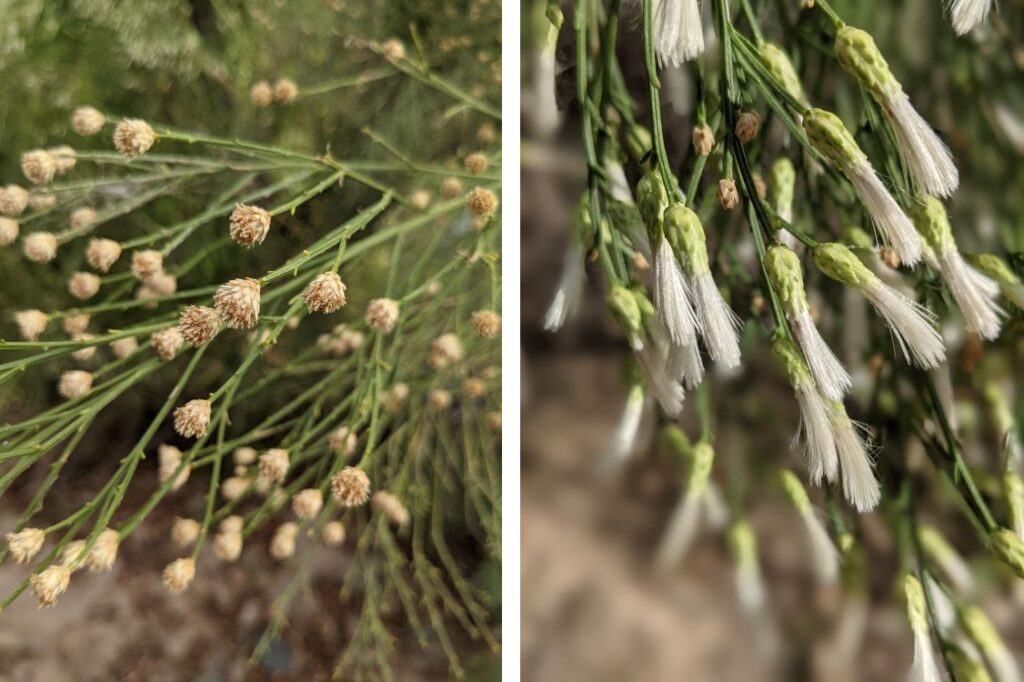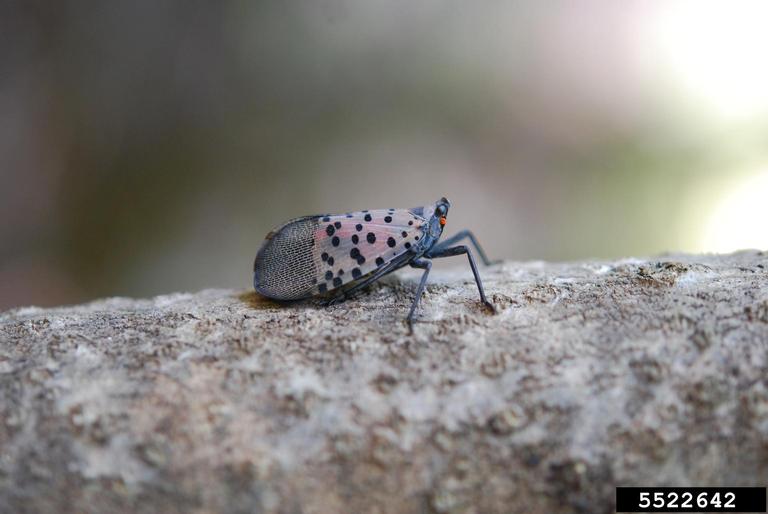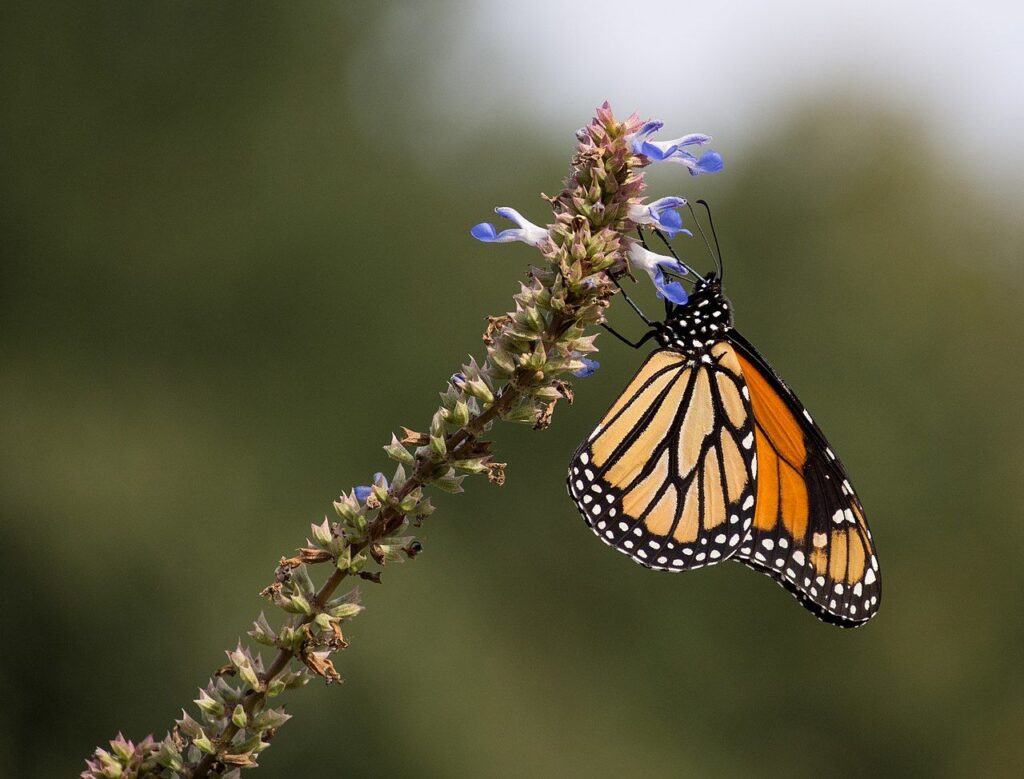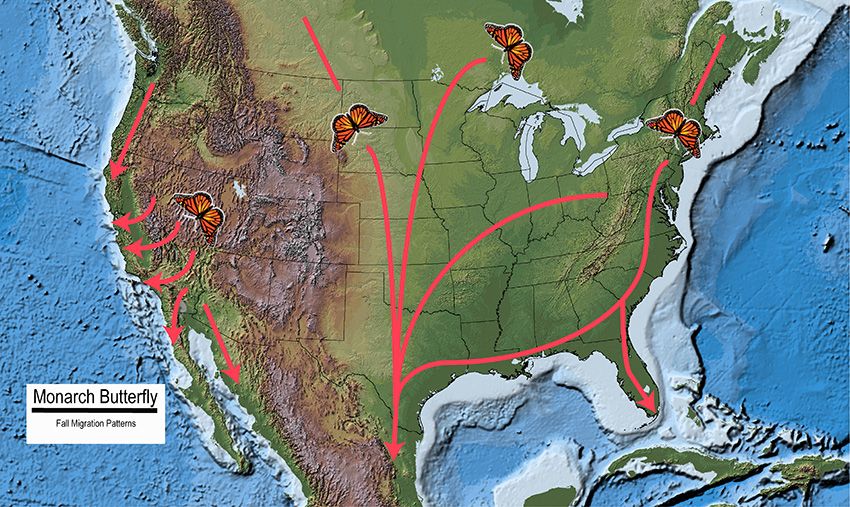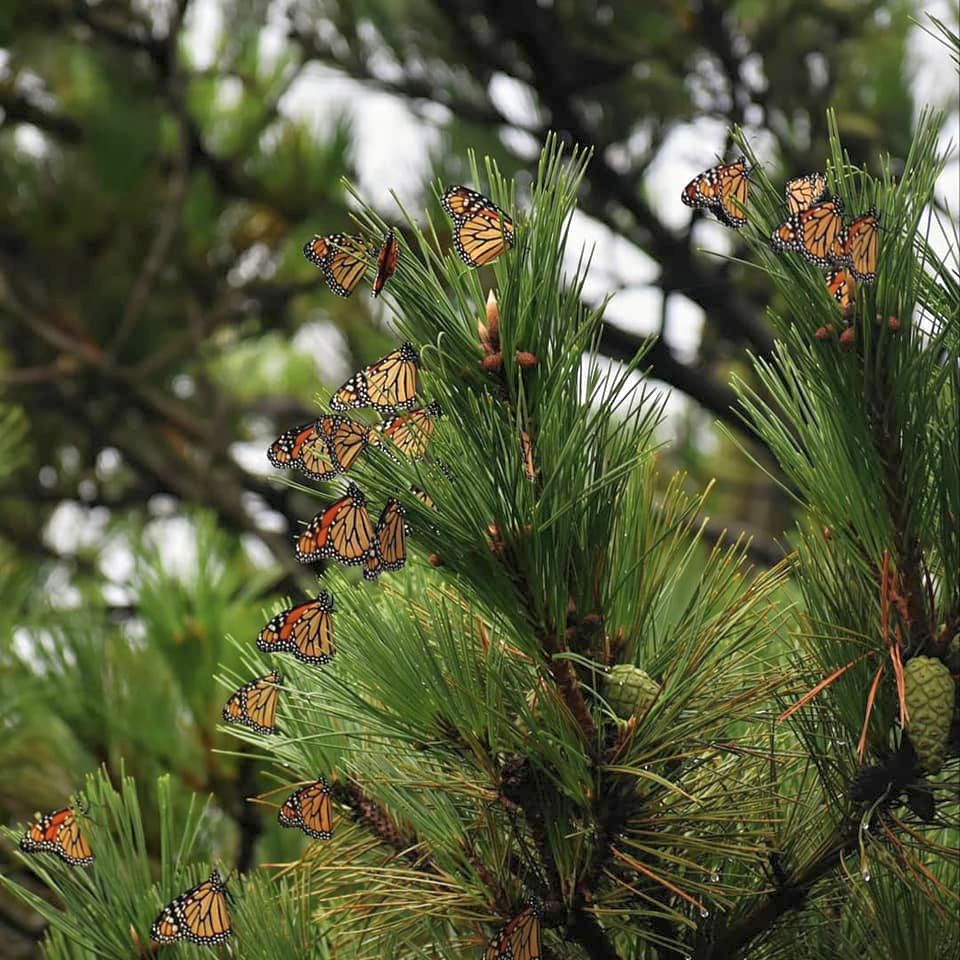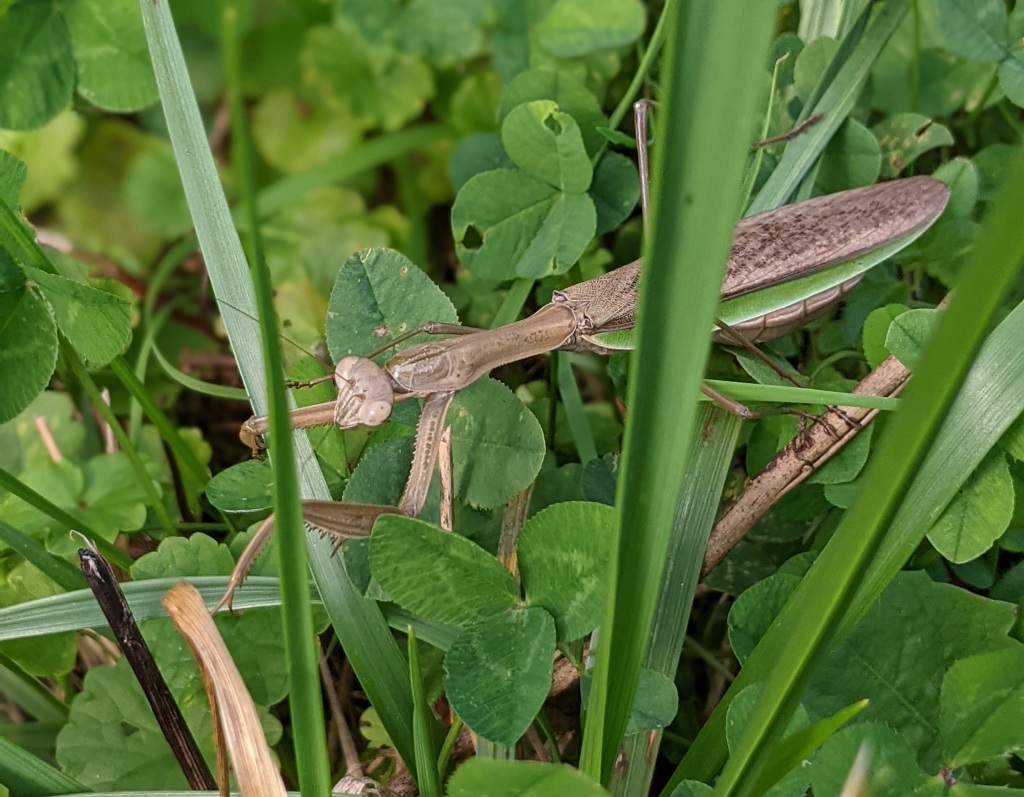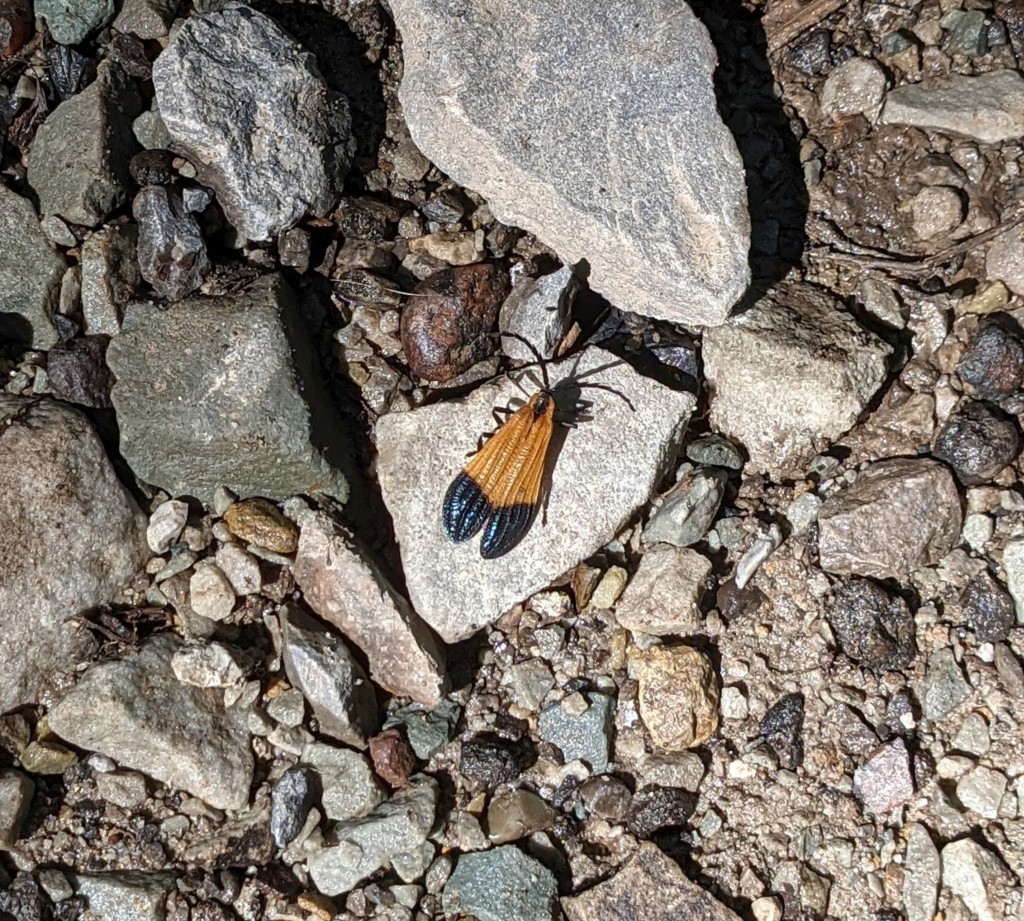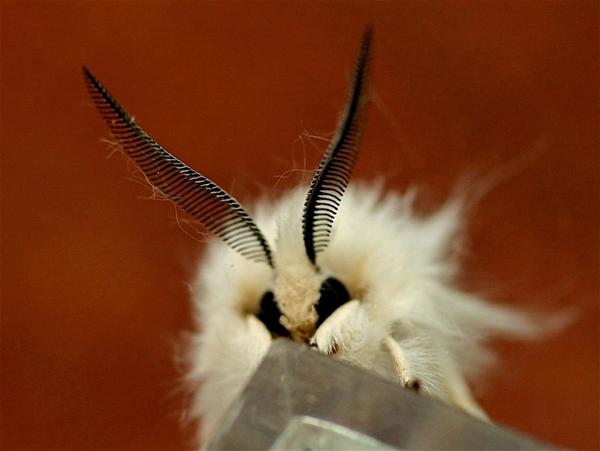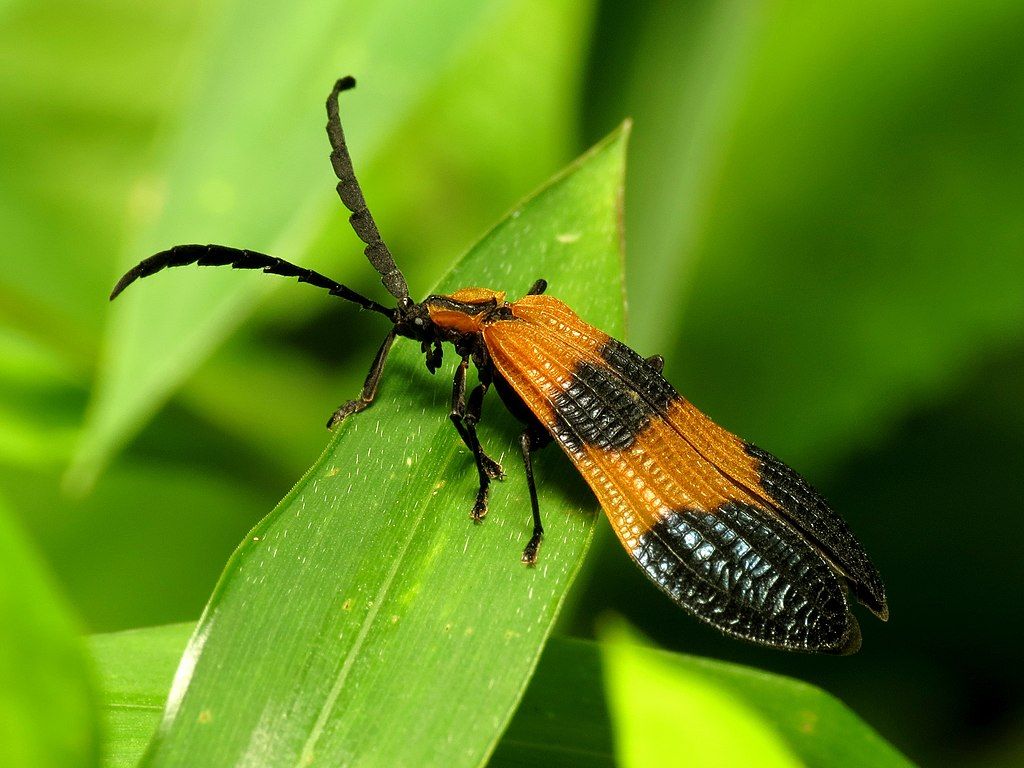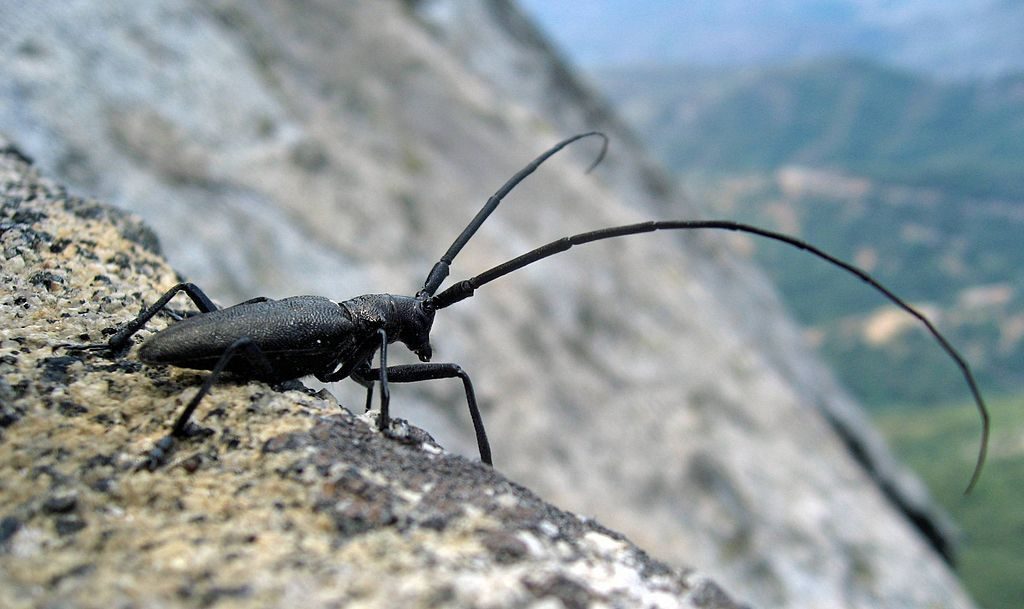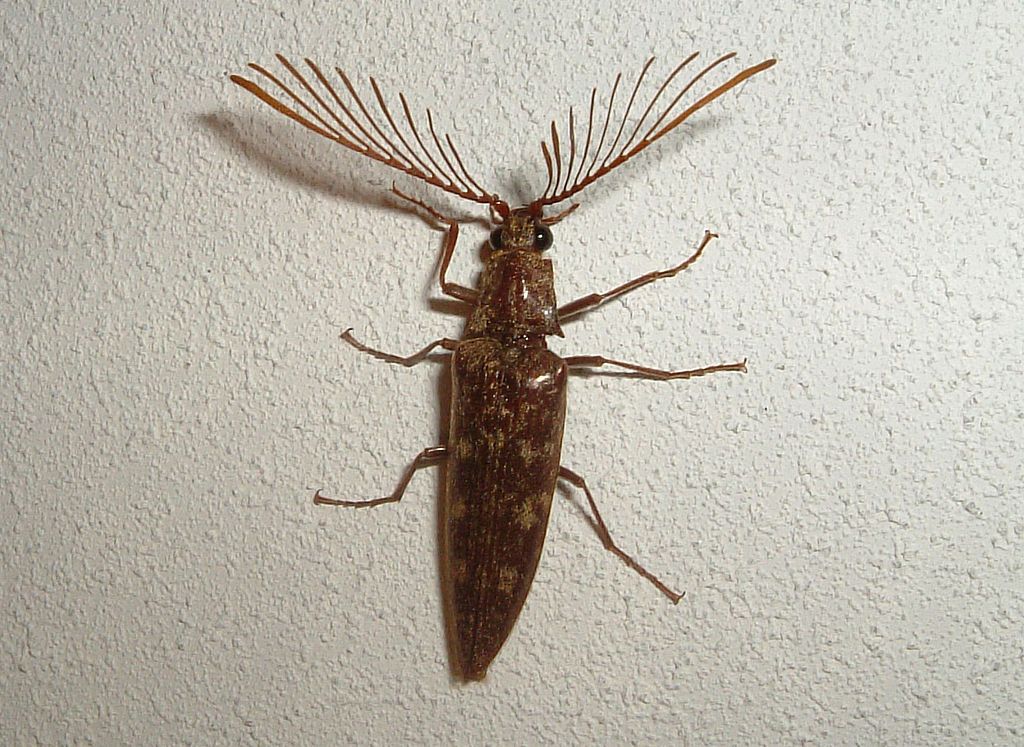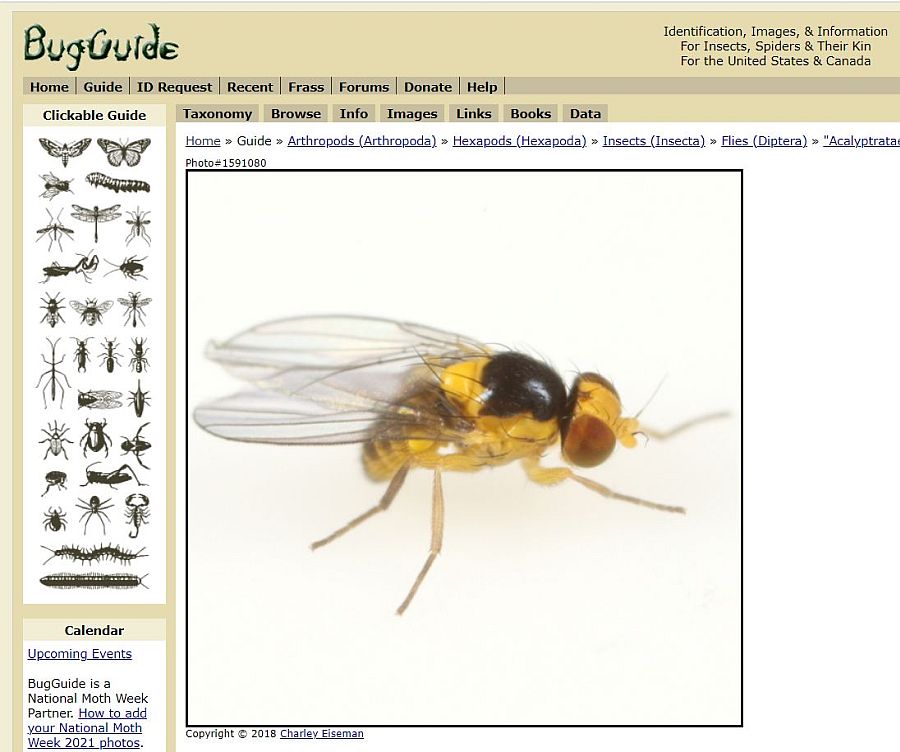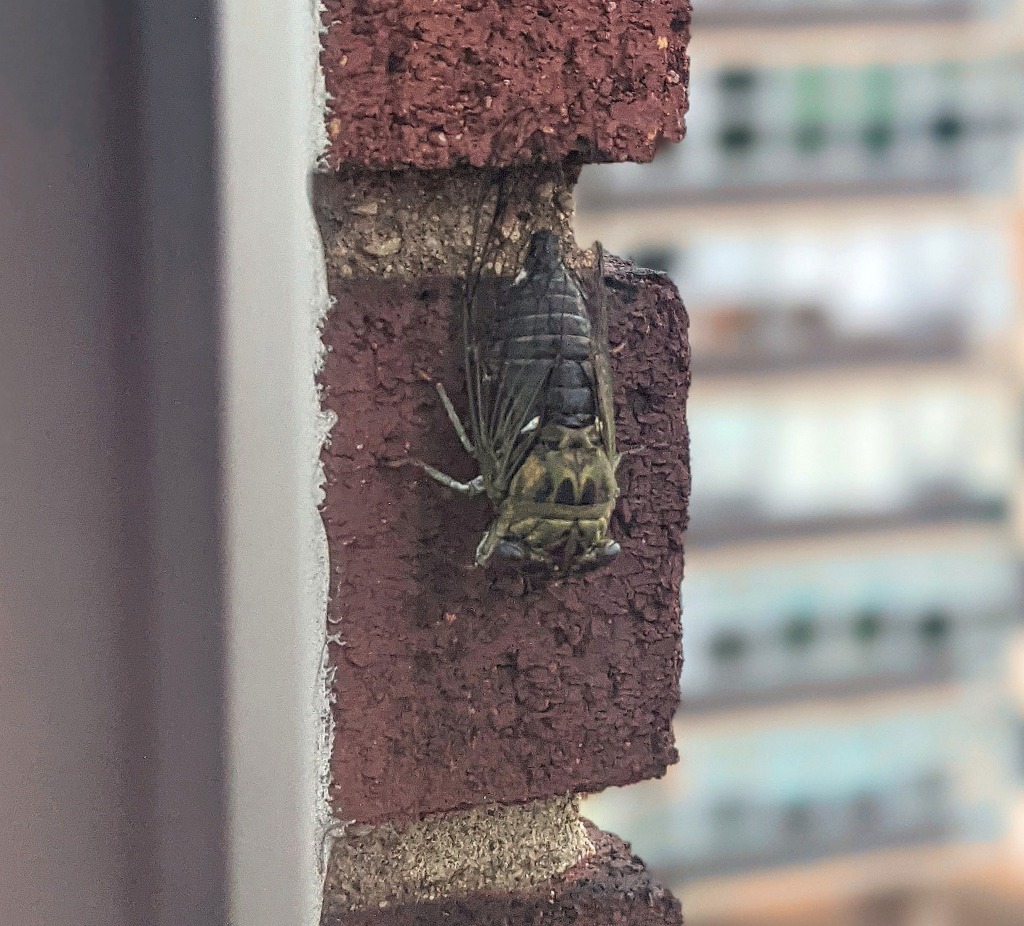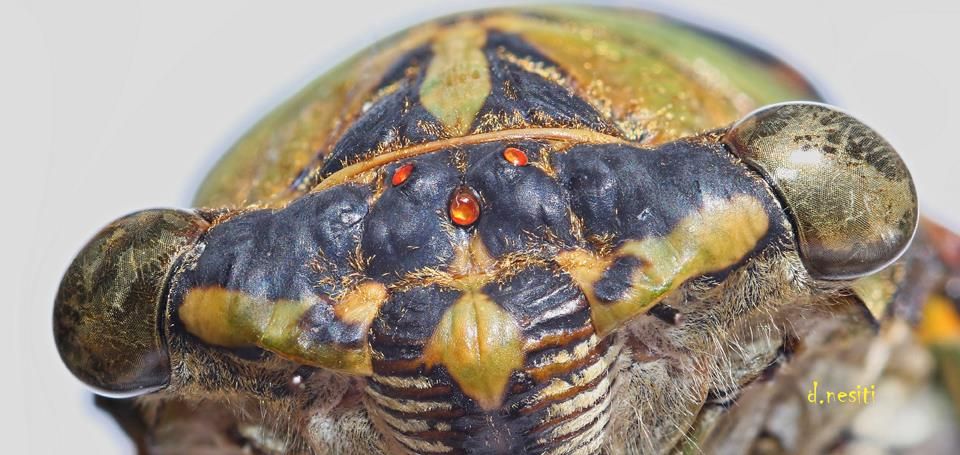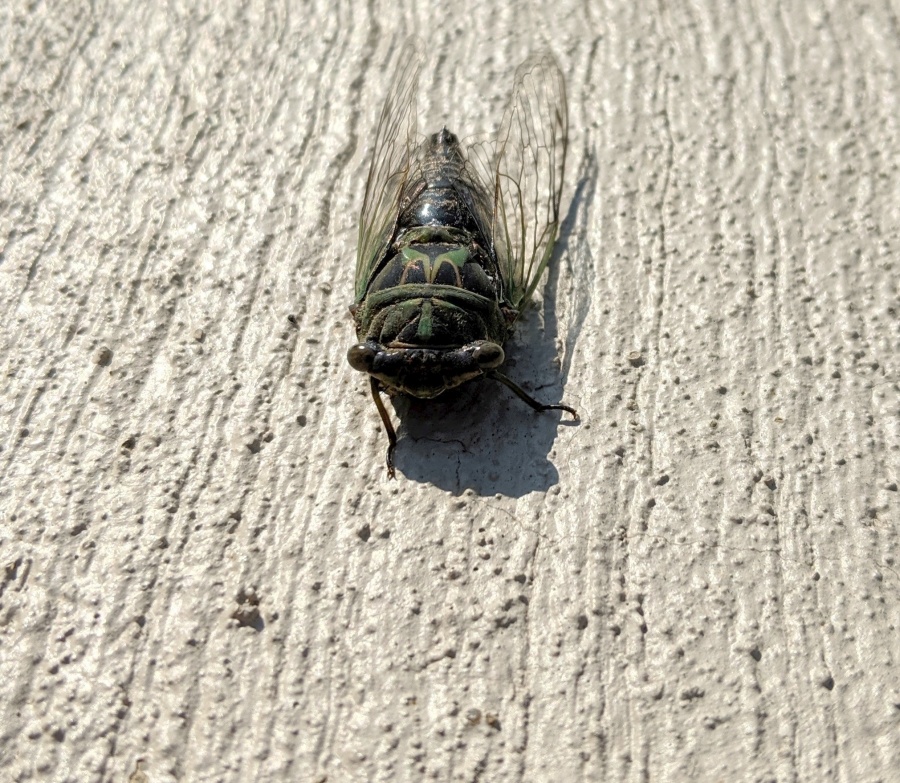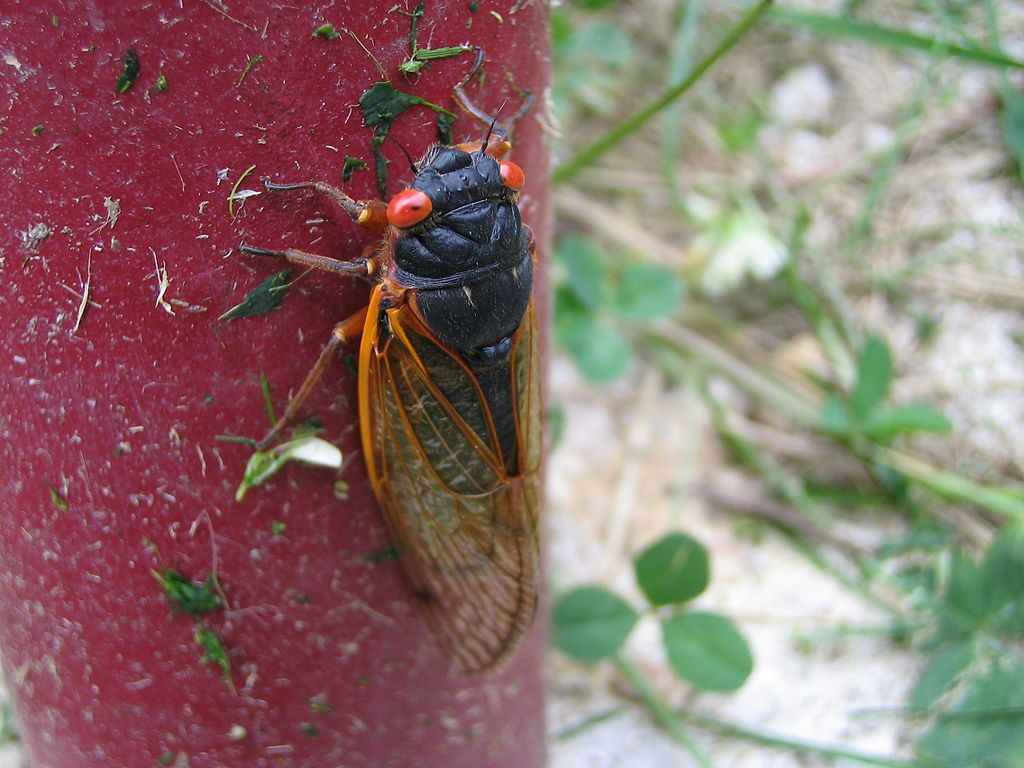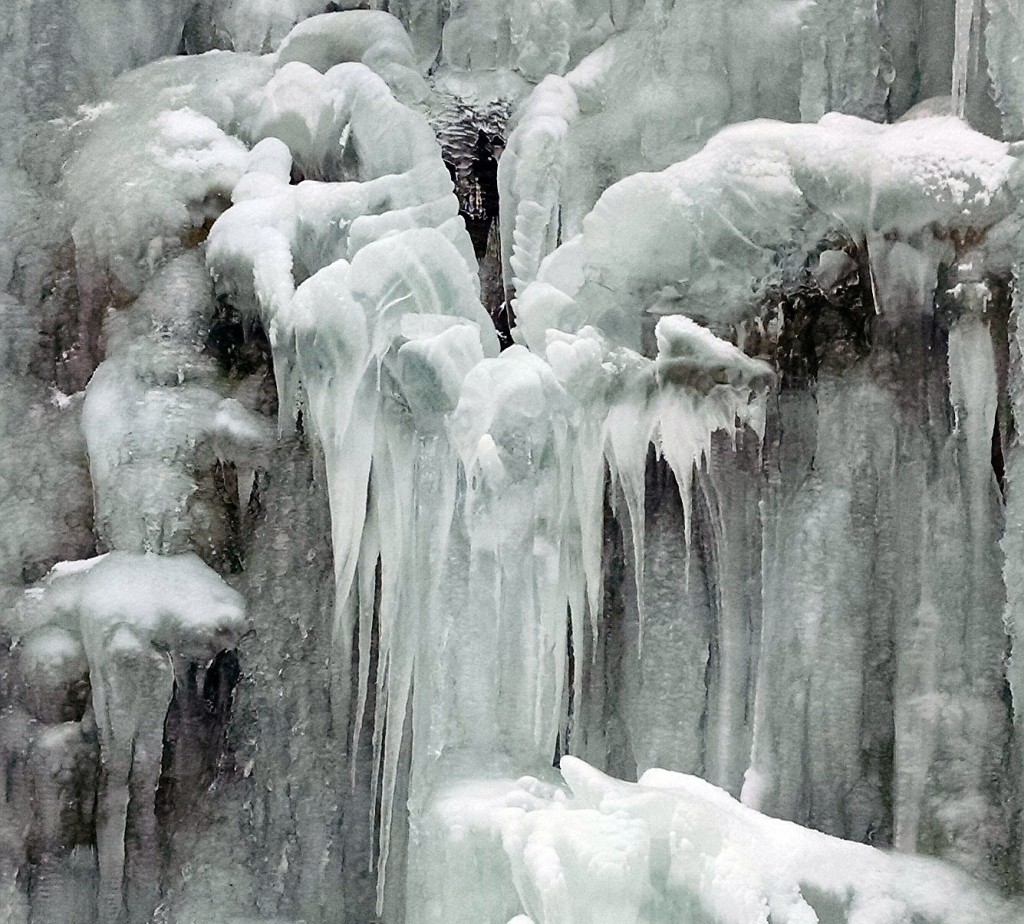
24 January 2022
With lows last weekend in the single digits and many days colder than normal this month, is this winter cold enough to kill pests? Not necessarily.
Insects and ticks have evolved to survive a normal winter but are vulnerable to extremes. Some pests may be vulnerable this winter if they aren’t careful to hide.
Fleas are the least hardy insects on this list as they will die after 10 consecutive days at or below 37oF, which is actually above freezing. However …
Fleas avoid cold temperatures by spending winter in the fur of warm mammals including pet dogs and cats. Perhaps that’s why fleas seem so bad in the fall.
Termites die when the temperature drops below freezing but they are subterranean and avoid the cold by burrowing below the frostline.
Don’t count on termites to die in cold winters. Do count on them to invade your home as the ground temperature drops in the fall.
Black-legged ticks decrease their activity below 35F and when the ground is covered in snow. Knowing they will die at temperatures below 10F they hide in warm places. However, they are lured out of hiding when warm weather fluctuates, followed by extreme cold.
Will this crazy winter lure ticks to their deaths? We’ll have to wait and see.
Emerald ash borers are incredibly hardy insects that survive to -20oF or -30oF depending on their winter hiding places.
Pittsburgh has never reached -30oF, even during our record cold of -22oF in January 1994, so don’t count on our winters to control this invasive pest.
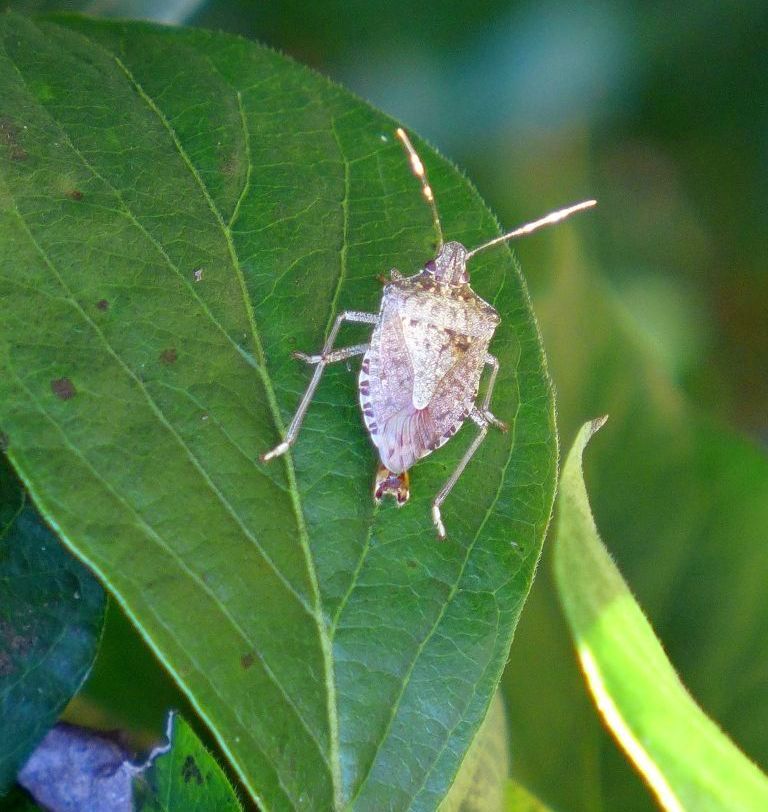
Brown marmorated stinkbugs can survive subzero temperatures. “The U.S. Forest Service estimated that 80 percent of them died when temperatures fell to -20oF in Minneapolis in 2014.” But it didn’t kill all of them.
Knowing they are vulnerable, stinkbugs take shelter in the fall by burrowing into the cracks of our homes. Aaarrg!
Spotted lanternfly adults die in winter but that’s no problem for this invasive insect. Before they die the females lay eggs to overwinter as the next generation.
According to Wikipedia, research last year at The State University of New Jersey suggests that -13oF is about the temperature at which all eggs die. At 5oF there is limited hatching but it depends on how long they were chilled and where they were kept. Pittsburgh has merely flirted with 0oF this winter, not enough to kill lanternfly eggs.
Winter has got to be good for something. I wish it was a great pest control system.
Read more about insect pests in winter at The Farmers’ Almanac.
(see photo credits in the captions; click the links to see the originals)
